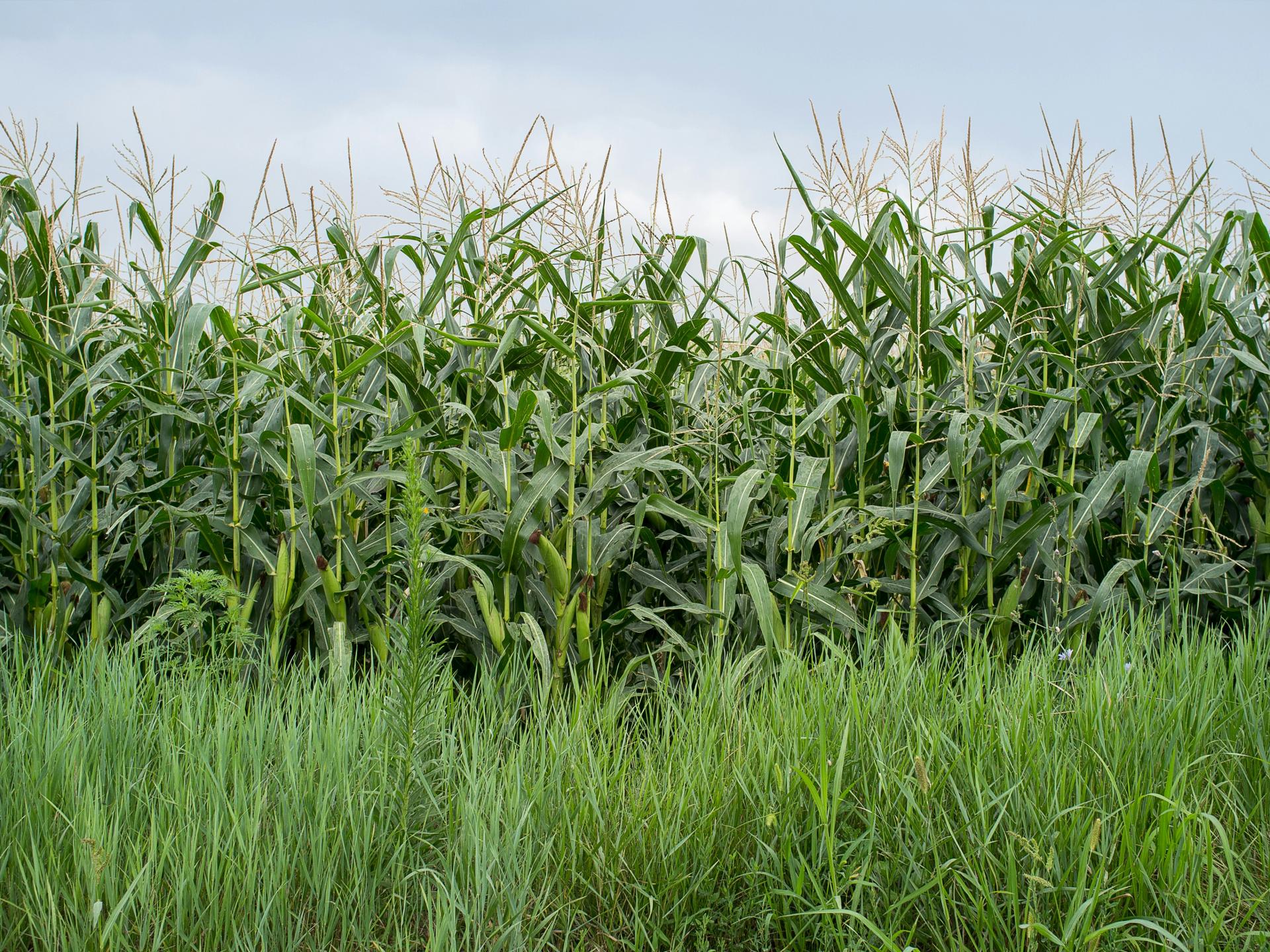You are here
Be A Better Gardener: Landrace Gardening
Be A Better Gardener: Landrace Gardening
By Thomas Christopher
Joseph Lofthouse of Paradise, Utah, recently changed the way I think about my Sandisfield garden.
As a horticulturist, I was taught to be a plant connoisseur. My teachers and mentors encouraged me to focus on the “best” variety of each plant species I grew. That meant the strain that produced the biggest, most colorful flowers, or in the vegetable garden, the hybrid crop that produced the biggest fruits in the greatest numbers.
That attitude, Joseph told me, had serious implications for his own farm and garden in a sunny and dry mountain valley. Daytime temperatures there commonly rise into the 90’s in midsummer, yet, he told me, frost might roll down from the surrounding peaks during any month of the year.
He bought seeds of the “best” melon and squash cultivars and harvested hardly a fruit. Which, given the special conditions of the local climate and soil wasn’t surprising. Those cultivars were like thoroughbred horses; they can deliver a phenomenal performance but only under ideal conditions. The vegetable prodigies need regular, abundant moisture, not the once-a-week irrigation Joseph could provide in his dry climate. They need rich soils or regular fertilization, and they need a reliable, typically long, growing season. Finally, according to Joseph, these plants lacked genetic diversity. They had been bred for uniformity and this lack of genetic diversity meant that they had extreme difficulty in adapting to any different conditions.
There was a spot of light, however, in Joseph’s gloomy harvest. A strain of corn, ‘Astronomy Domine Sweet Corn’, whose seed he had obtained from Alan Bishop, a grower in Indiana, flourished, although the ears it bore were of different sizes and shapes and kernels of different colors. In addition, every individual plant performed slightly differently. That was because this strain of corn was a so-called “landrace,” a genetically diverse strain that cross-pollinated freely to adapt to local conditions. The Indiana grower had started by interplanting hundreds of different corn cultivars and allowing them to interbreed without restraint. Each year he would save seeds from individual plants that grew robustly and bore tasty ears, and these became the basis for the next year’s crop. Over a period of years, this produced a race of sweet corn that was adapted to local conditions, and that, because of its greater genetic diversity, could continue to evolve as needed.
Lofthouse made the Indiana landrace the basis of his own corn breeding program and in a matter of a few years had corn that flourished in his field without fertilizer, without pesticides, with minimal weeding, and only weekly irrigation. He has since gone on to create similar landraces not only of melons and squashes but also all sorts of other vegetables. Aside from the practical considerations of adaptation to local growing conditions, the ability to co-exist with pests without the aid of chemicals and sufficient vigor to compete with weeds with only one weeding soon after planting, Lofthouse emphasizes one more quality. The harvest must taste great, and not only in his opinion. He regularly consults with chefs, friends, and customers to get their input. He’s gardening for the community, and he trades seeds with other local growers so that they can all improve their vegetables and fruits, and the others’ donations help maintain the genetic diversity of his strains.
Not all vegetables are equally suited to Lofthouse’s treatment. A key is that the species must practice what he calls “promiscuous pollination.” That is, the plants must accept pollen from other specimens so that there is constant, spontaneous crossbreeding. When I asked Lofthouse if the landrace treatment could help me develop a strain of tomatoes that will bear well even on my chilly, cloudy, and rocky Berkshire hilltop, he cautioned me that tomatoes typically self-pollinate so that offspring tend to be very similar genetically to their parents and so do not evolve as easily as corn or melons. Still, he said, tomatoes do occasionally cross-pollinate and he is working on creating a strain that outcrosses routinely to provide a foundation for gardeners such as me to create locally adapted landraces.
For more information about this intriguing style of gardening, you can listen to my conversation with Joseph Lofthouse by logging on to my free Growing Greener podcast at www.thomaschristophergardens.com/podcast. For full details on creating and managing landraces, you can purchase Joseph Lofthouse’s book, Landrace Gardening, Food Security Through Biodiversity and Promiscuous Pollination, which is available from online book sellers, or as a signed copy from https://goingtoseed.org/. I’m going to be taking this book into the garden with me next spring.
Be-a-Better-Gardener is a community service of Berkshire Botanical Garden, located in Stockbridge, Mass. Its mission, to provide knowledge of gardening and the environment through a diverse range of classes and programs, informs and inspires thousands of students and visitors each year. Thomas Christopher is a volunteer at Berkshire Botanical Garden and is the author or co-author of more than a dozen books, including Nature into Art and The Gardens of Wave Hill (Timber Press, 2019). He is the 2021 Garden Club of America's National Medalist for Literature, a distinction reserved to recognize those who have left a profound and lasting impact on issues that are most important to the GCA. Christopher’s companion broadcast to this column, Growing Greener, streams on WESUFM.org, Pacifica Radio and NPR and is available at berkshirebotanical.org/growinggreener
Help Our Garden Grow!
Your donation helps us to educate and inspire visitors of all ages on the art and science of gardening and the preservation of our environment.
All Donations are 100 percent tax deductible.


